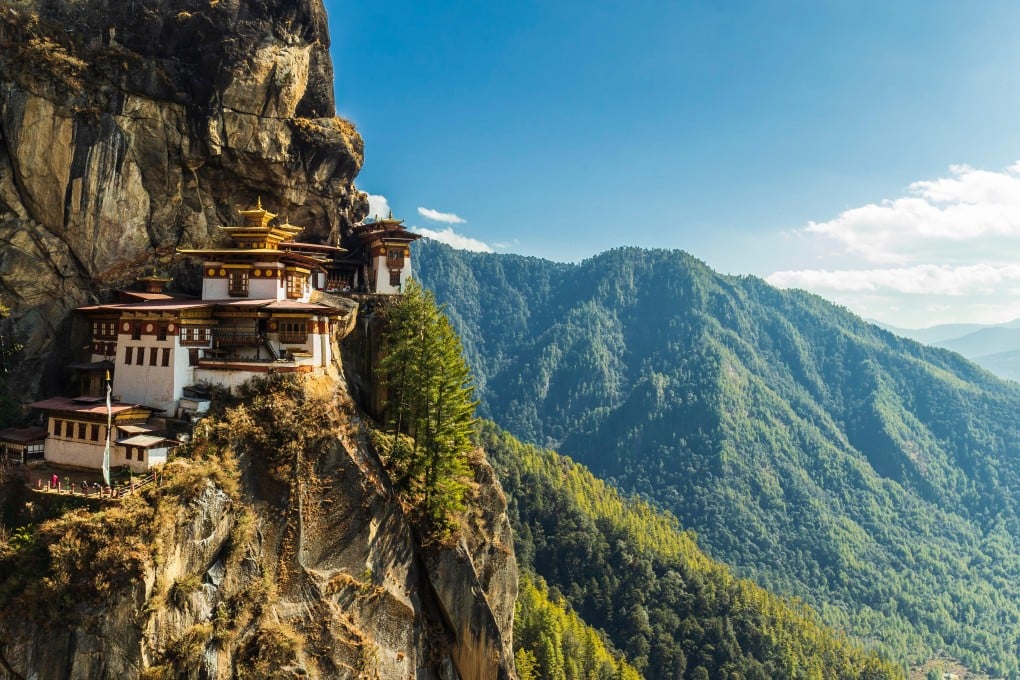Brief Encounters | Why visiting Bhutan is expensive but worth it
- The country that coined the phrase ‘gross national happiness’ is as exclusive as they come, with not a hint of mass tourism
- An average five-night package costs around US$1,200

Bhutan’s first beer festival kicks off in Paro next weekend (July 13-14) at the Namgay Artisanal Brewery, an enterprise put together by Swiss-trained Dorji Gyeltshen, who thought to combine Europe’s brewing traditions with locally grown wheat and barley.
Rather than pandering to inebriated hordes, the festival is focused more on celebrating local beers, which gulp the gamut from dark ale to pilsner.
Expensive by Asian standards, Bhutan is the most exclusive destination in the region. Independent travel is just possible, but government regulations – keen to preserve the country’s beauty as far as possible – point visitors in the direction of a package tour. As a result, just about everybody benefits: Bhutan is not overwhelmed by mass tourism; the ecology is preserved; and visitors experience the genuine article.
Where to stay
The 12-room Gangtey Lodge was designed to mimic a Bhutanese farmhouse, and the gentle pace of life here echoes its fabulously bucolic surrounds.

What to buy
“Ngultrum” (“silver money”) is a word to roll around the mouth; likewise “chhertum”, which is one-hundredth of a ngultrum, of which there are 70 to the US dollar. Linguistically, shopping is fun here, and the range of merchandise is as beautiful as it is original.
